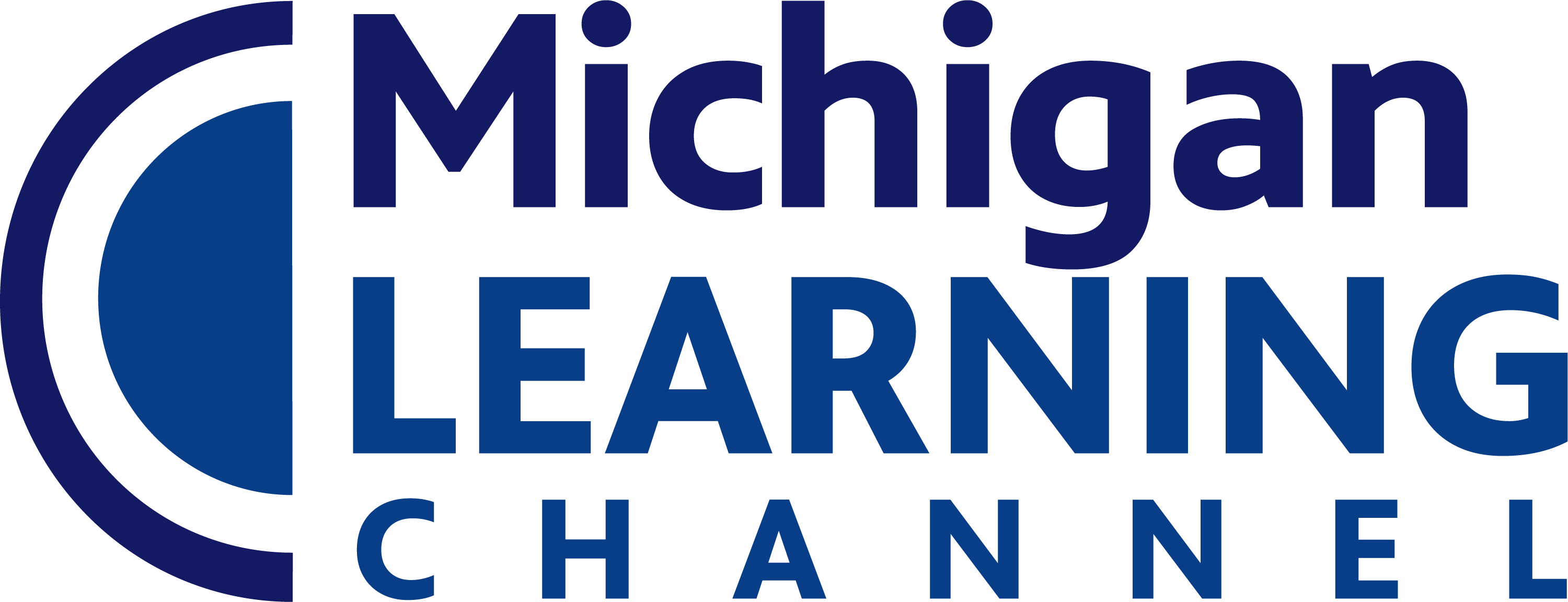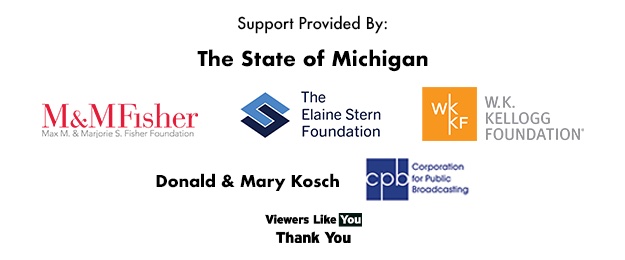Subjects
Shows
Find and position integers and other rational numbers on a horizontal or vertical number line diagram; find and position pairs [...]
Interpret statements of inequality as statements about the relative position of two numbers on a number line diagram. For example, [...]
Write, interpret, and explain statements of order for rational numbers in real-world contexts. For example, write –3°C > –7°C to [...]
Understand the absolute value of a rational number as its distance from 0 on the number line; interpret absolute value [...]
Distinguish comparisons of absolute value from statements about order. For example, recognize that an account balance less than –30 dollars [...]
Solve real-world and mathematical problems by graphing points in all four quadrants of the coordinate plane. Include use of coordinates [...]
Write and evaluate numerical expressions involving whole-number exponents.
Write, read, and evaluate expressions in which letters stand for numbers.
Write expressions that record operations with numbers and with letters standing for numbers. For example, express the calculation “Subtract y [...]
Identify parts of an expression using mathematical terms (sum, term, product, factor, quotient, coefficient); view one or more parts of [...]
Find area of right triangles, other triangles, special quadrilaterals, and polygons by composing into rectangles or decomposing into triangles and [...]
Find the volume of a right rectangular prism with fractional edge lengths by packing it with unit cubes of the [...]
Draw polygons in the coordinate plane given coordinates for the vertices; use coordinates to find the length of a side [...]
Represent three-dimensional figures using nets made up of rectangles and triangles, and use the nets to find the surface area [...]
Understand the concept of a ratio and use ratio language to describe a ratio relationship between two quantities. For example, [...]
Understand the concept of a unit rate a/b associated with a ratio a:b with b ≠ 0 (b not equal [...]
Use ratio and rate reasoning to solve real-world and mathematical problems, e.g., by reasoning about tables of equivalent ratios, tape [...]
Make tables of equivalent ratios relating quantities with whole-number measurements, find missing values in the tables, and plot the pairs [...]
Solve unit rate problems including those involving unit pricing and constant speed. For example, If it took 7 hours to [...]
Find a percent of a quantity as a rate per 100 (e.g., 30% of a quantity means 30/100 times the [...]
Describe tradeoffs between allowing information to be public and keeping information private and secure.
Systematically identify and fix problems with computing devices and their components.
Model the role of protocols in transmitting data across networks and the Internet.
Explain how physical and digital security measures protect electronic information.
Apply multiple methods of encryption to model the secure transmission of information.
Collect data using computational tools and transform the data to make it more useful and reliable.
Refine computational models based on the data they have generated.
Use flowcharts and/or pseudocode to address complex problems as algorithms.
Create clearly named variables that represent different data types and perform operations on their values.
Design and iteratively develop programs that combine control structures, including nested loops and compound conditionals.
Decompose problems and subproblems into parts to facilitate the design, implementation, and review of programs.
Create procedures with parameters to organize code and make it easier to reuse.
Seek and incorporate feedback from team members and users to refine a solution that meets user needs.
Incorporate existing code, media, and libraries into original programs, and give attribution.
Systematically test and refine programs using a range of test cases.
Distribute tasks and maintain a project timeline when collaboratively developing computational artifacts.
Document programs in order to make them easier to follow, test, and debug.
Compare tradeoffs associated with computing technologies that affect people's everyday activities and career options.
Discuss issues of bias and accessibility in the design of existing technologies.
Collaborate with many contributors through strategies such as crowdsourcing or surveys when creating a computational artifact.
Recommend improvements to the design of computing devices, based on an analysis of how users interact with the devices.
Design projects that combine hardware and software components to collect and exchange data.
Students use digital tools to interact with others to develop a richer understanding of different perspectives and cultures.
Students use collaborative technologies to connect with others, including peers, experts and community members, to learn about issues and problems [...]
Students determine their role on a team to meet goals, based on their knowledge of technology and content, as well [...]
Students select collaborative technologies and use them to work with others to investigate and develop solutions related to local and [...]
Students make meaningful learning experiences for themselves and others. Students demonstrate and practice the ability to effectively utilize research strategies [...]
Students practice and demonstrate the ability to evaluate resources for accuracy, perspective, credibility and relevance.
Subjects
Shows
Find and position integers and other rational numbers on a horizontal or vertical number line diagram; find and position pairs [...]
Interpret statements of inequality as statements about the relative position of two numbers on a number line diagram. For example, [...]
Write, interpret, and explain statements of order for rational numbers in real-world contexts. For example, write –3°C > –7°C to [...]
Understand the absolute value of a rational number as its distance from 0 on the number line; interpret absolute value [...]
Distinguish comparisons of absolute value from statements about order. For example, recognize that an account balance less than –30 dollars [...]
Solve real-world and mathematical problems by graphing points in all four quadrants of the coordinate plane. Include use of coordinates [...]
Write and evaluate numerical expressions involving whole-number exponents.
Write, read, and evaluate expressions in which letters stand for numbers.
Write expressions that record operations with numbers and with letters standing for numbers. For example, express the calculation “Subtract y [...]
Identify parts of an expression using mathematical terms (sum, term, product, factor, quotient, coefficient); view one or more parts of [...]
Find area of right triangles, other triangles, special quadrilaterals, and polygons by composing into rectangles or decomposing into triangles and [...]
Find the volume of a right rectangular prism with fractional edge lengths by packing it with unit cubes of the [...]
Draw polygons in the coordinate plane given coordinates for the vertices; use coordinates to find the length of a side [...]
Represent three-dimensional figures using nets made up of rectangles and triangles, and use the nets to find the surface area [...]
Understand the concept of a ratio and use ratio language to describe a ratio relationship between two quantities. For example, [...]
Understand the concept of a unit rate a/b associated with a ratio a:b with b ≠ 0 (b not equal [...]
Use ratio and rate reasoning to solve real-world and mathematical problems, e.g., by reasoning about tables of equivalent ratios, tape [...]
Make tables of equivalent ratios relating quantities with whole-number measurements, find missing values in the tables, and plot the pairs [...]
Solve unit rate problems including those involving unit pricing and constant speed. For example, If it took 7 hours to [...]
Find a percent of a quantity as a rate per 100 (e.g., 30% of a quantity means 30/100 times the [...]
Describe tradeoffs between allowing information to be public and keeping information private and secure.
Systematically identify and fix problems with computing devices and their components.
Model the role of protocols in transmitting data across networks and the Internet.
Explain how physical and digital security measures protect electronic information.
Apply multiple methods of encryption to model the secure transmission of information.
Collect data using computational tools and transform the data to make it more useful and reliable.
Refine computational models based on the data they have generated.
Use flowcharts and/or pseudocode to address complex problems as algorithms.
Create clearly named variables that represent different data types and perform operations on their values.
Design and iteratively develop programs that combine control structures, including nested loops and compound conditionals.
Decompose problems and subproblems into parts to facilitate the design, implementation, and review of programs.
Create procedures with parameters to organize code and make it easier to reuse.
Seek and incorporate feedback from team members and users to refine a solution that meets user needs.
Incorporate existing code, media, and libraries into original programs, and give attribution.
Systematically test and refine programs using a range of test cases.
Distribute tasks and maintain a project timeline when collaboratively developing computational artifacts.
Document programs in order to make them easier to follow, test, and debug.
Compare tradeoffs associated with computing technologies that affect people's everyday activities and career options.
Discuss issues of bias and accessibility in the design of existing technologies.
Collaborate with many contributors through strategies such as crowdsourcing or surveys when creating a computational artifact.
Recommend improvements to the design of computing devices, based on an analysis of how users interact with the devices.
Design projects that combine hardware and software components to collect and exchange data.
Students use digital tools to interact with others to develop a richer understanding of different perspectives and cultures.
Students use collaborative technologies to connect with others, including peers, experts and community members, to learn about issues and problems [...]
Students determine their role on a team to meet goals, based on their knowledge of technology and content, as well [...]
Students select collaborative technologies and use them to work with others to investigate and develop solutions related to local and [...]
Students make meaningful learning experiences for themselves and others. Students demonstrate and practice the ability to effectively utilize research strategies [...]
Students practice and demonstrate the ability to evaluate resources for accuracy, perspective, credibility and relevance.


